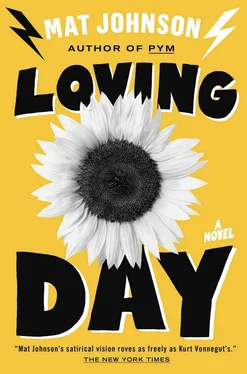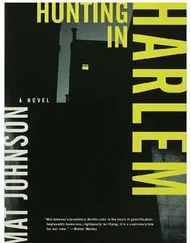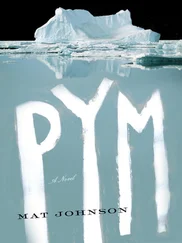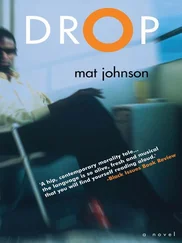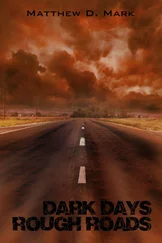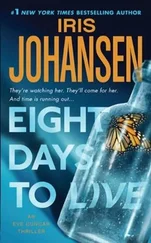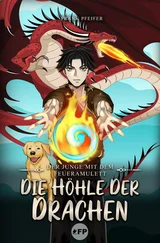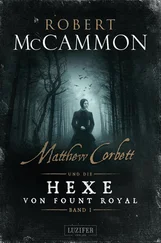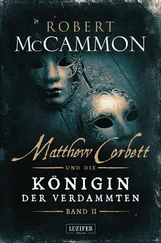“But when you flee, someone’s getting left behind. The mixed thing, the white woman thing, they’re both about leaving black people behind. That’s the cost of your freedom.”
“I’m never going to leave you behind,” I assure her, although I already did once.
“Then we should start seeing each other. I’m basically single now.” Her mode switched, Tosha looks through her binoculars again, target reacquired.
“Right.” The me from a decade ago, he wanted so badly to hear those words. Where is he now? Can I forward his mail?
“No, listen: you and me, we should hook up.” Tosha says this, but she’s not even looking at me. She’s looking through her binoculars again, and what she sees is the source of all her sorrows. It’s amazing that someone can proposition you with no discernible desire. It’s not till I decline that Tosha turns to look at me. “No, really, I’m fine with it. It would serve that fucker right. Just drop off the GPS in the white bitch’s pocketbook first, then we can go do it before I pick up the kids from Girl Scouts.”
“Jesus, don’t do that. Don’t try to bribe me with sex.” I unbuckle the seat belt, put my hand on the door handle, then stop. “You don’t need to track her. George’s gone. You already know he’s with her. What can be gained by finding out where and when she walks down the street?”
“I’m not crazy, Warren. This isn’t crazy. Crazy is letting your world be destroyed without fighting back,” she tells me, pulling on a baseball cap. After she finds shades in the glove compartment, Tosha puts them on as she leaves the car to do the deed herself.
SPIDER IS GOING to teach history. He’s talking lesson plans, target goals, lab days. I can’t get over it. I keep waiting for the freaky little man to call an end to the joke and go back to his roving tattoo parlor, but he’s serious.
“Oh no, man. I did the coursework for the PhD in history, but couldn’t get into the whole, you know, dissertation thing. But I got a master’s in gender studies, philosophy. One in French.”
“Damn, dude! How old are you?” It’s impossible to tell. He has the face of an early teen, but one that’s been weathered by misfortune.
“Only took, like, ten years, give or take. I had a lot of early incarnations before I constructed my current form.”
A kid comes in the room, about ten years old and round with fat he’d better pray burns off him with puberty. After waiting for Spider to sign a form, the boy says, “Thanks, Mr. Bezovski,” and this is the first time I’ve heard Spider’s last name; I’m certain he’s got to be some kind of gypsy. We’ll be team teaching together, all term, which is fine because it means I don’t have to come up with my own lesson plans. I just have to get my students to draw. If I focus on arriving at the appropriate time, I’m pretty sure I can pull this off.
Spider’s course packet sits on the desk. He’s got his feet up there too, and he pushes the bound pages my way with a combination of bare ashy heel and flip-flop sole. There’s a title on the front cover, “Tri-Racial Isolates.”
“We doing chemistry?” I ask him.
“Tri: meaning three. Racial: meaning racial. Isolates: meaning isolated. Tri-racial isolates . It’s the term for historic mixed-race communities in America. Whole communities where people were African and European and Indian too.”
“Dude, that’s every black American community.”
“Yeah, but these mixed groups, they retained all of their cultural identities, because they were isolated. The same one-drop race rule of solely being black didn’t apply. Places like this, they were all over the country.”
“So I just have to get the groups to draw comic books about all this?” I open the packet, fan through the pages. Black-and-white photos head the section headings, each one with a different yet equally odd tribal name. “I’d probably be better at teaching them to draw muscle-bound freaks in capes, but hey, you’re the boss.”
“Oh man, I’m so not the boss. We’re on Lenape land; I’d love to be teaching them about that. Or about the eighteenth-century German mystics that came to this forest after them. We’re right here, standing on history, it’s a shame not to bend down and dig in. But Roslyn commands and I am but a humble servant who depends on her generous health-insurance benefits.”
—
The Brass Ankles was a tribe in South Carolina, formed in the eighteenth century that lasted all the way up into the modern era, in ethnic identification if not actual communal form. A mix of blacks and whites marrying into the Wassamasaw Tribe. Like many of the known tri-racial groups, such as the Jackson Whites of upstate New York, or the Beaver Creek Indians, the group itself saw the classification it was legally under, “mulatto,” as an invalid attempt by the white government to force them into the black/white binary caste system, and thereby further deny them their rights. This is what the first page says. It is a fascinating story, raising several interesting questions about the nature of identity and the history of our country, none of which will be answered because the group assigned to this project is in fourth grade. They’ll be led by the chubby boy who’d stopped through Spider’s class earlier, a young lad with the unfortunate name of Shields Steele. Actually, it was a heroic moniker, but ill fitting for a slump-shouldered boy who can’t get through his introduction to the class without invading his naval cavity with his index finger.
Turns out Redbones are an actual group, and not just a word brothers yell out of car windows at light-skinned women. It’s the name for a cluster of mixed-race Afro-Indian-Europeans living between the Sabine River in western Louisiana and East Texas. Unlike the Creoles, also from Louisiana, the Redbones are not exclusively French in their European ancestry, and reflect more of a mix of white cultures. The student group choosing to explore the Redbone experience is headed by a woman as tall as I am, yet clearly no more than fourteen years in age. Her voice is changing, clanging between high and low like a bicycle failing to shift gears. She screams, “Ho, Redbones, ho!” and her much smaller compatriots slap her outstretched hands. Spider explains to the girl, a miss Jackie McDuffy, that the word Redbone was also a slur, from the mistaken notion that the people were so light, you could see their blood flowing under their skin. “That’s stupid. Blood is blue under the skin,” Jackie informs Spider. Another child, the one who does the best job of standing even close to reaching Jackie’s armpit, leans in pointing to Spider’s face and yells, “You got served!”
I’ve just remembered I hate children. Only becoming a father to my own could have caused that amnesia. That fact is so clear now, no longer hidden in my mind. I told Becks this several times, every time she announced the alarm of her biological clock. And I just agreed to spend three hours a day, four days a week, with several of them. Before I can digest this fully, I am hit in the face with the Melungeons. The ethnicity itself is no bother — one of the largest and vaguest clusters of mulattoes, stretching from Virginia out beyond into the Appalachians — but because of the complexity of this tribe it will be given to the oldest teens so that each may decipher an element of their story in comic-book form. Teenagers are difficult, and I have no desire to take more of them into my daily life, but even that is not what disturbs me. It’s that leading their group is Kimet. The one who also led us here to Mélange. Kimet, Principal Kamau’s child. He waves. He waits for recognition. He realizes when I just stand in front of the class staring at him and his silly brass dreadlocks, that I know who he is exactly. He’s a spy. He’s been sent to monitor the race traitors, to report back to his father. Or to the NAACP. Eventually, there’ll be trials. That makes sense for only as long as it takes to think it, then my paranoia recedes. It’s just a teenage boy again.
Читать дальше
